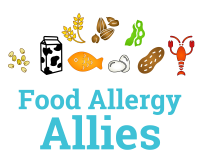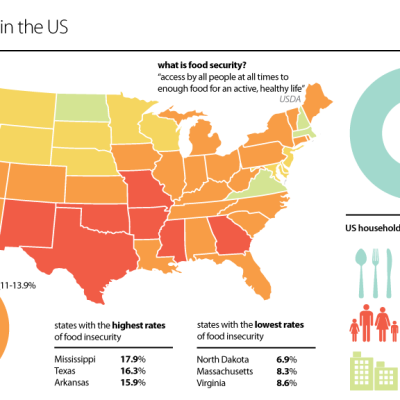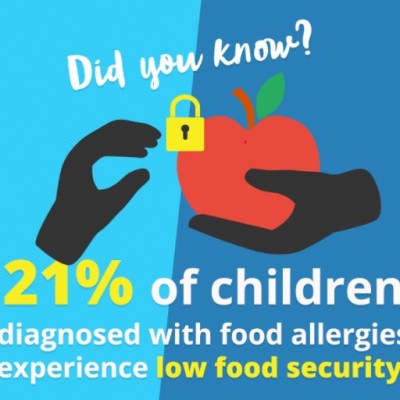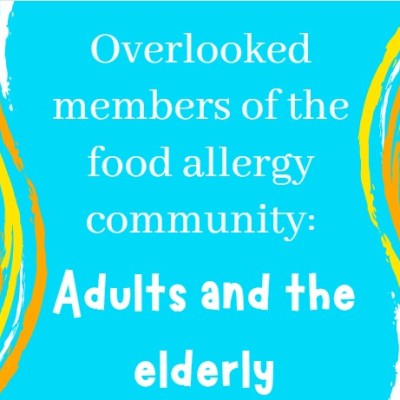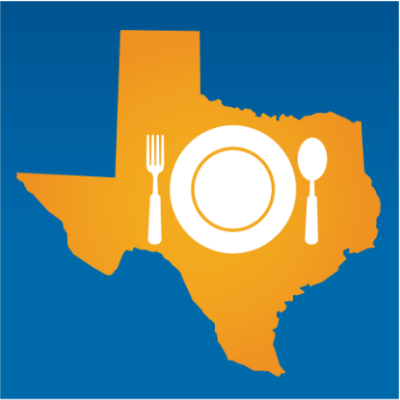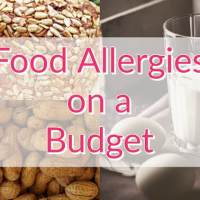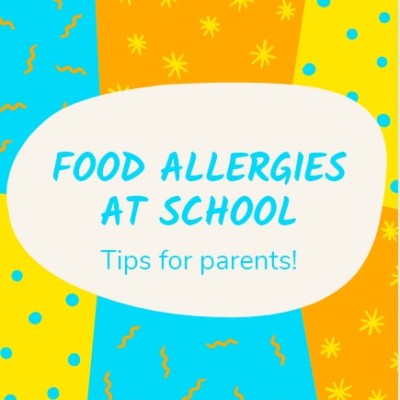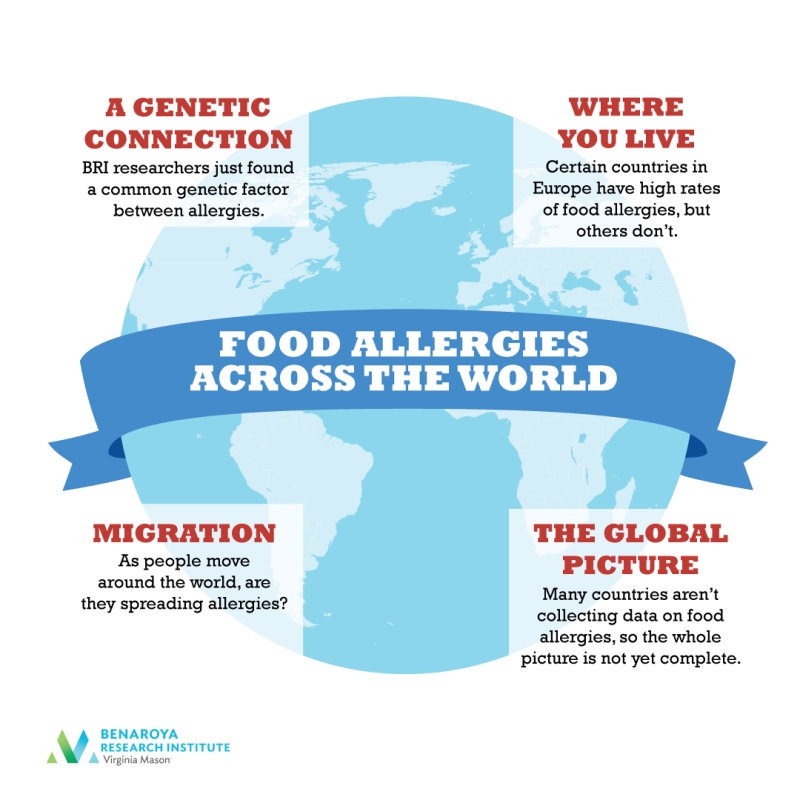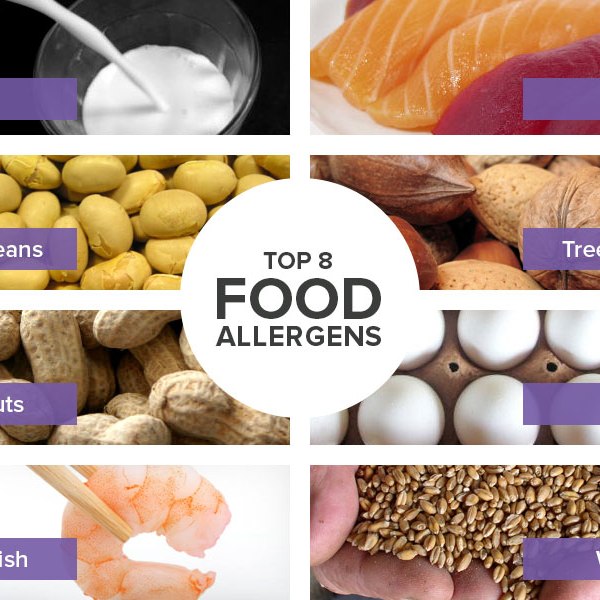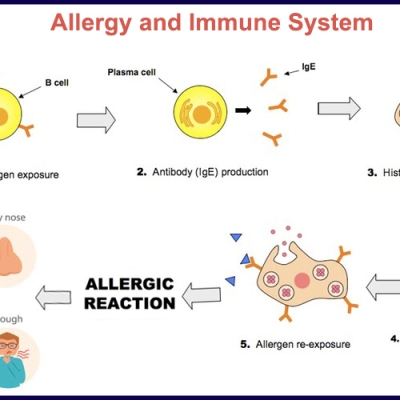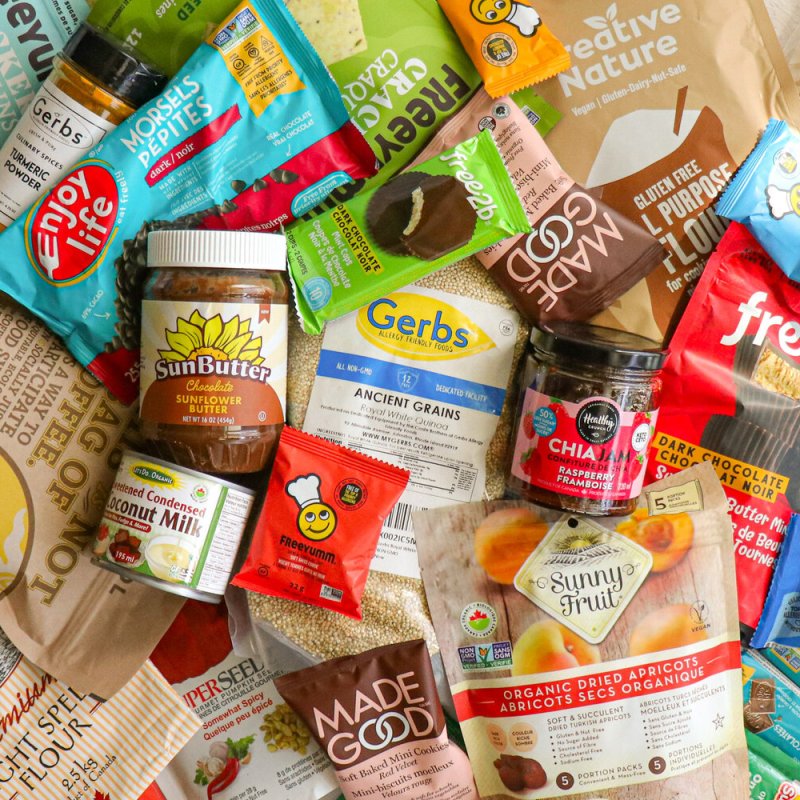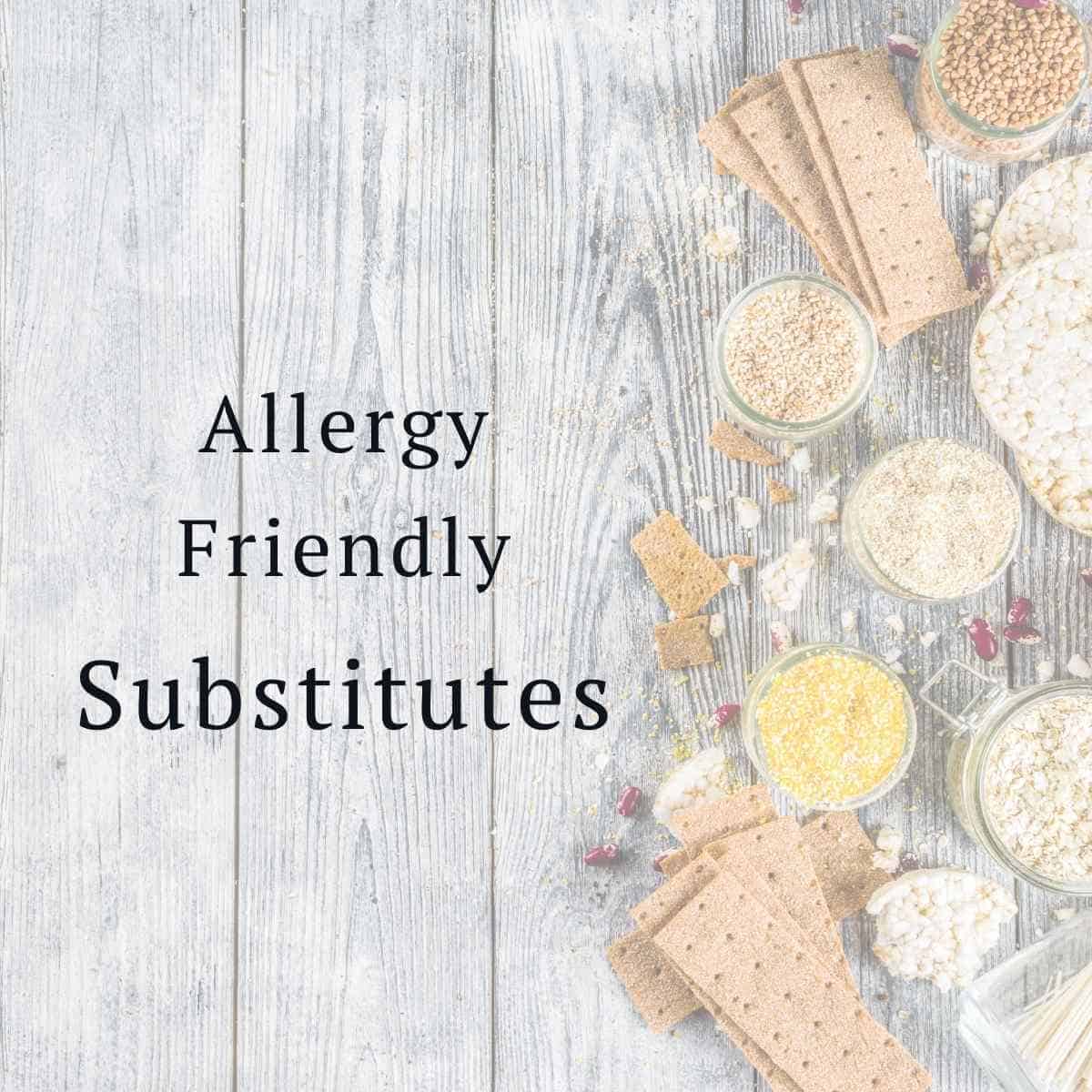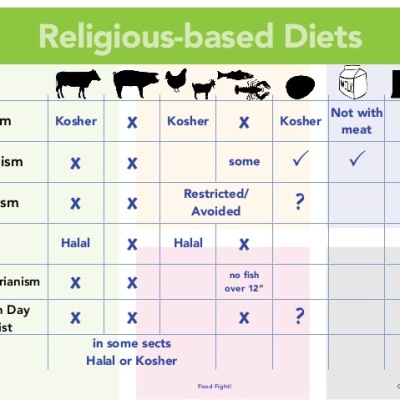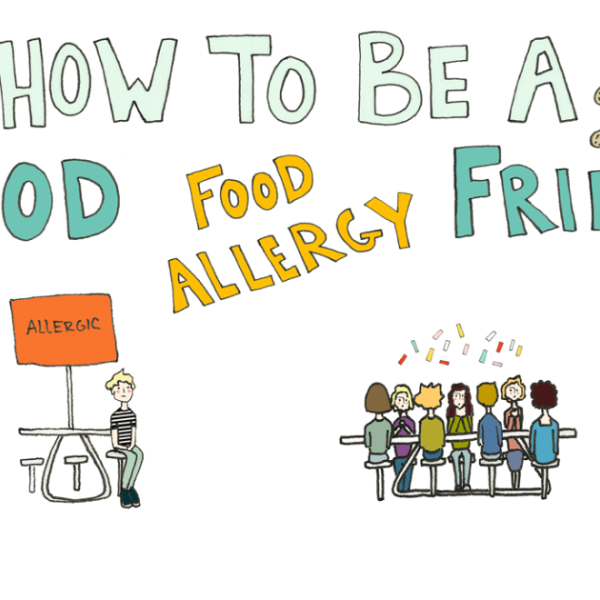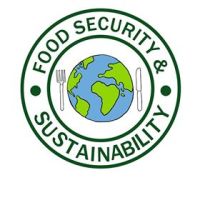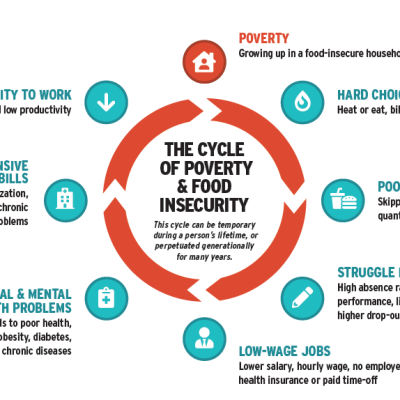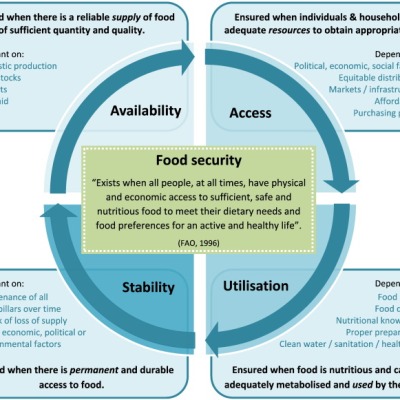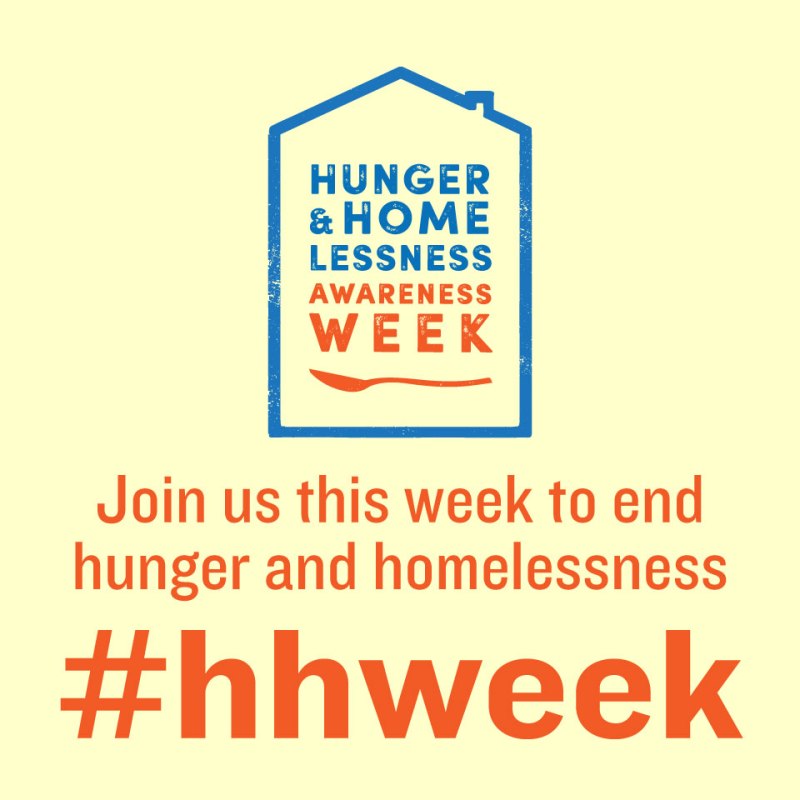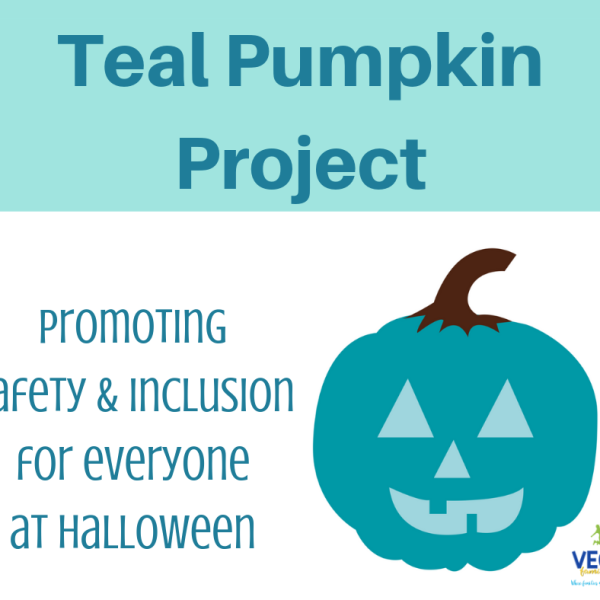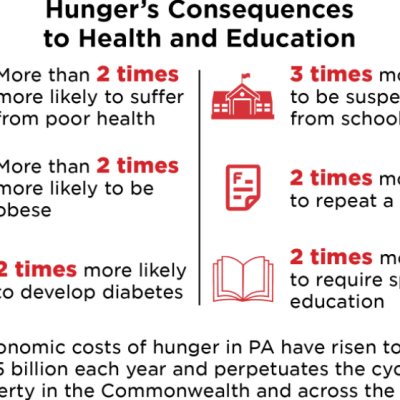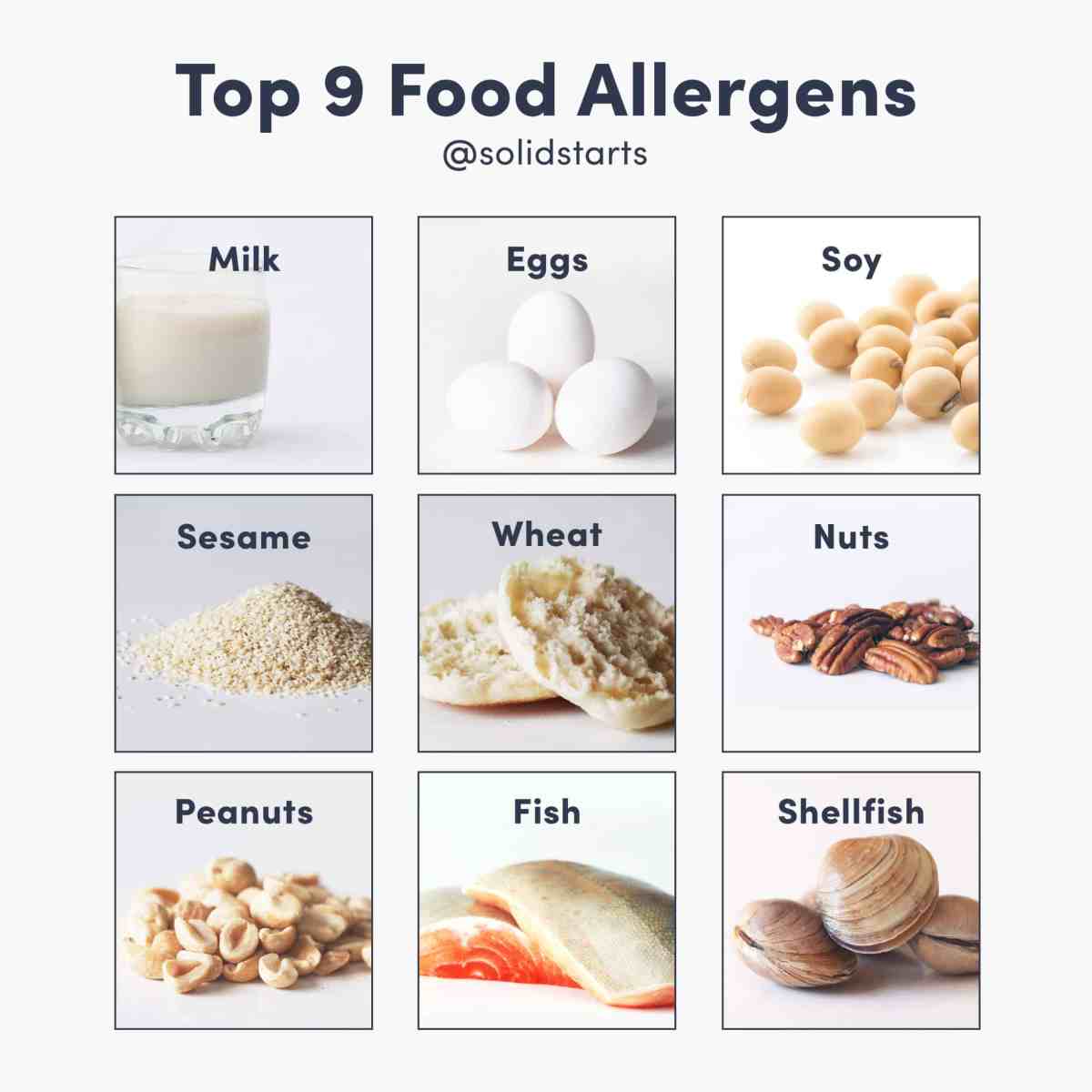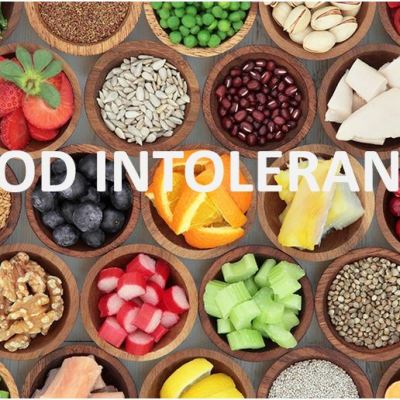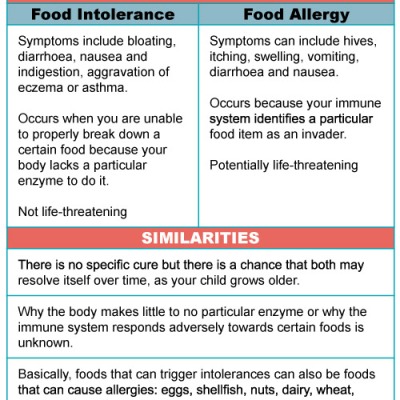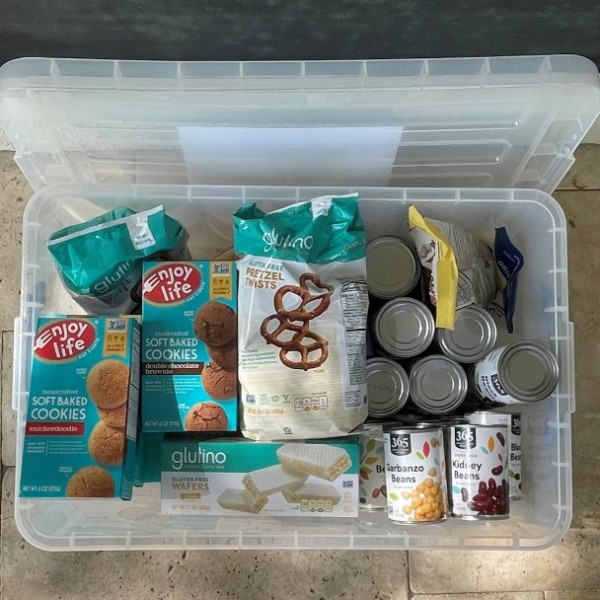Welcome to the Food Allergy Allies Blog!
Our blog will explore a wide variety of topics related to food allergies and food insecurity. We also plan to feature testimonials, photos, and results of our efforts. Stay tuned for our first official blog post!
Keep readingUnderstanding the Basics of Food Allergies
What is a food allergy? A food allergy is a medical condition defined as an irregular immune response to a particular food. A food allergy develops when a person’s immune system misidentifies harmless food proteins as dangerous threats. As a result, the immune system releases special chemicals to combat the so-called threat, and these chemicals cause a number of symptoms. If the problem-causing food is ingested (or even touched), it can cause symptoms including an…
Keep readingAn Introduction to Food Insecurity in America
Food insecurity is defined as a lack of consistent access to enough food for an active, healthy life. In 2018, roughly 1 in 9 Americans faced food insecurity, and these numbers have only risen due to Covid-19. Food insecurity is a complex problem that differs from hunger. Hunger refers to a physical sensation of discomfort that will eventually lead to starvation if not addressed. Food insecurity refers to a lack of financial resources for adequate…
Keep readingThe Connection between Food Insecurity and Food Allergies
Emily Brown was your average American mom living in Kansas city with her two year old daughter who was allergic to peanuts, eggs, dairy, wheat, and soy. The extra cost of healthcare and special food meant that this family was forced to turn to meal assistance programs from local food pantries. With so many allergies, the only food offered that would be safe for her daughter was a jar of salsa and a bag of…
Keep readingOverlooked People in the Food Allergy Community: Adults and the Elderly
With so much attention placed on kids with food allergies, it is easy to forget that adults and senior citizens can (and do) have food allergies too. Oftentimes, adults with food allergies struggle to find age appropriate resources among the plethora of “back to school tips” and “playdate advice” articles found on most food allergy advocacy sites. The reasoning for the abundance of child-oriented information is sound: food allergies are more prevalent in children under…
Keep readingFood Insecurity in Texas
Food Allergy Allies works exclusively within Texas (specifically the city of Houston) to provide free allergy friendly foods to people in need with food allergies. Today, we are going to take a look at what food insecurity in Texas looks like, and how this compares to the rest of the nation. 1 in 7 Texans experiences food insecurity feedingAmerica.org Food insecurity refers to the inability to consistently access affordable, readily available, and healthy food. For…
Keep readingOverlooked Members of the Food Allergy Community: Underprivileged Families
The food allergy community is bursting with blogs, organizations, charities, Facebook pages, and more that all aim to provide the insider scoop to dealing with food allergies. From egg free cookie recipes to advice on choosing an allergist, these platforms seem to cover every possible aspect of life with food allergies. Yet, a key group of people is often missing from the narrative: underprivileged families. Families below the poverty line, which is an annual income…
Keep readingFood Allergies on a Budget
Special food allergy friendly food items can be double or even triple the cost of their regular counterparts. For low income families, college students, single parents, or anyone trying to save money, this can make grocery shopping with food allergies quite a struggle. While the task may seem daunting, purchasing food allergy friendly food on a budget is possible with tips, tricks, and a bit of research. Plan ahead of time – Plan out your…
Keep readingBack to School with Food Allergies
August is here which means the new school year is right around the corner! Browse through the tips and resources below to ensure that your food allergic child and their school are equipped to safely manage food allergies. Talk to your child – Ensure that your child understands their food allergies. Discuss what a food allergy is, what food they are allergic too, and the importance of avoiding their allergens. For school specific scenarios, be…
Keep readingFood Allergies Around the World
The top 8 allergens are dairy, eggs, nuts, peanuts, soy, shellfish, fish, and wheat, right? Not quite. These 8 foods are the most common food allergens in America, accounting for 90% of food allergies in the US. However, these statistics are slightly different when taking a global perspective. Different countries around the globe have different rates of food allergies to certain foods depending on the local cuisine, gene pool of the region, and environmental factors.…
Keep readingOverlooked People in the Food Allergy Community: People of Color
People of color (Blacks, Latin Americans, Asians, Middle Eastern, Indigenous peoples, etc) who have food allergies often have a different experience than Caucasians with food allergies. From different rates of food allergies to different standards of accessible healthcare, race and ethnicity have proven to be crucial pieces of the food allergy puzzle. Yet, race is often overlooked in regards to food allergies. “Black and other minority patients often lack voice and visibility in the health…
Keep readingSneaky Sources of Common Food Allergens
Picture this: your doctor tells you that you have been diagnosed with a dairy allergy. When you heard the word “dairy” you probably pictured foods like butter, cheese, ice cream, and yoghurt. However, dairy can also found in other household items including hand soap, lotion, and pet food! Being aware of non-food sources of allergens is important in order to avoid mysterious allergic reactions that seemingly come out of nowhere. 1. Cosmetics and Shower Products…
Keep readingThe Science Behind Food Allergies
Food allergies are a medical condition where a person experiences a reaction upon consuming certain foods. These reactions are specific to certain foods that can vary for each individual, and symptoms often include an itchy mouth, hives and rashes, stomach pain, nausea, vomiting, trouble swallowing, trouble breathing, and even death. But how can a perfectly ordinary food cause so many problems for certain people? How does an allergic reaction work and why do only certain…
Keep readingFood Allergy Awareness Week
Food Allergy Awareness month takes place every May, with a special week within May where extra dedication is given to the food allergy cause. This May, get involved, show your support, and become more teal! What’s the Deal with Teal? Teal is the national color for food allergy awareness. Just like pink ribbons are used for breast cancer awareness, the teal ribbon represents the food allergy cause. From teal pumpkins on Halloween to teal t-shirts…
Keep readingDietary Restriction beyond Food Allergies: Diabetes
What is diabetes? Diabetes is a condition that develops when the body can no longer produce insulin or when the body cannot properly use the insulin it produces. Insulin is a special hormone made by the pancreas (an organ in the body) that allow the body to process glucose, a sugar. When the body cannot make or use insulin, then it has trouble regulating blood sugar levels. High or low blood sugar levels can result…
Keep readingBest Food Allergy Friendly Nonperishable Foods to Donate
Not quite sure what foods to donate to Food Allergy Allies? Want to give food allergy friendly foods to your local food pantry? Need to stock up on nonperishable, allergy friendly foods before a big storm? Check out our comprehensive list of the best shelf stable allergy friendly foods listed below or visit our “donations guidelines” sheet for more help! Allergen-Free Nonperishables: Sunflower seed butter Shelf stable non-dairy milk (oat, coconut, rice, pea, hemp, banana,…
Keep readingResources in Houston for Food Insecurity
If you or a loved one is facing food insecurity, you’ve come to the right place! Below is a comprehensive list of food pantries and meal assistance programs in Houston. Call 832-369-9390 at the Houston Food Bank for help finding the right organization for you. Houston Food Bank Heights Interfaith Ministries Food Pantry Emergency Aid Coalition Braes Interfaith Ministries Anderson Food Pantry Food Pantry – ICNA Relief Houston Faith Center Harwin Food Pantry Brentwood Baptist…
Keep readingHunger Facts and Statistics
767 million people live on $1.90 or less per day 6 children die each minute of a hunger related condition 690 million people around the world go to bed hungry each night 34 million people live in poverty in America 40 million Americans struggle with hunger 10 million children face hunger in the United States, and this number increased to 13 million during the coronavirus pandemic Children are more likely to face food insecurity than…
Keep readingFood Allergy Friendly Ingredient Substitutes
Have you found the best cookie recipe ever… but it contains milk and eggs? Don’t worry! With these handy substitutes, nearly any recipe can be modified to accommodate food allergies. Even better, these substitutes barely change the outcome of the recipe, and can be a great option if you are missing ingredients, have guests with dietary restrictions, or want a healthier version of a favorite treat. Dairy Milk Silk Unsweetened Coconut milk So Delicious coconut…
Keep readingDietary Restrictions Beyond Food Allergies: Religious Restrictions
Food allergies, food intolerances, and celiac disease may be the most obvious dietary restrictions, but there are many other sources of dietary restrictions. Today, we are going to take a look at dietary restrictions that are not medically necessary, but are rather chosen by the individual for religious or ethical purposes. 1. Kosher Kosher is a term used to describe the foods that comply with traditional Jewish law. The kosher dietary restrictions are derived from…
Keep readingHow to be a Food Allergy Ally
Ally (ah-lie) – noun, verb A person or organization that cooperates with or helps another in a particular activity; to side with or support Oxford Dictionary Being an ally to the food allergy community can mean different things to different people. To some, being an ally means advocating for the food allergy community. For others, being an ally is simply adapting to and accommodating the dietary restrictions of others. Regardless of the way being an…
Keep readingThe Connections between Sustainability and Food Insecurity
What is sustainability? Sustainability is defined as meeting our own needs without compromising the ability of future generations to meet their own needs. In other words, the concept of sustainability means taking care of the environment and using natural resources wisely so that our Earth will be habitable for years to come. The concept of sustainability has emerged recently over the course of the past few decades as threats of global warming, endangered animals, and…
Keep readingUnderstanding the Basics of Celiac Disease
What is celiac disease? Celiac disease (SEE-lee-ak) is a medical condition that is characterized by an inability to consume gluten. Although celiac disease, gluten intolerances, and wheat allergies may seem similar, all three are very different. Celiac disease lies in between an intolerance and an allergy, but it does not truly fall into either category. For a person with celiac, the ingestion of gluten causes their immune system to attack the small intestine. The resultingly…
Keep readingThe Food Insecurity Cycle
Food insecurity can feel unstoppable – why? Food insecurity follows what I like to call a cyclical domino effect. In other words, a chain reaction of events culminates in a repetitive, hard-to-break cycle. When examining causes of food insecurity, it becomes evident that not one but many factors contribute to food insecurity. Financial strain is one of the most direct causes of food insecurity, but many underlying factors have a surprisingly high correlation to food…
Keep readingA Closer Look at the Four Pillars of Food Security
The four pillars of food security are availability, accessibility, utilization, and stability. Availability means with having enough food available. Accessibility deals with having the economic and physical means to access food. Utilizations refers to using and handing food in a safe in proper manner so as to fulfill the requirements of nutrition, hygiene, and health. Stability is defined as having steady, consistent access to food. True food security cannot be reached unless all four pillars…
Keep readingHunger Awareness Week
November 13-21 2021 marks the annual week for hunger and homelessness awareness. During this week, put in extra effort to volunteer, donate, and educate in order to support people facing hunger or homelessness. Or, look below for additional ways to help fight hunger this week: Donate food to a food bank Volunteer at a food pantry or soup kitchen Make a monetary donation to a local homeless shelter or food pantry Make meal packs with…
Keep readingFavorite Holiday Recipes
Holiday season is officially here! Thanksgiving, Christmas, and New Years all finish out 2021 with fun, food-filled festivities. Click on each picture to find the recipes for our favorite allergy-friendly treats to impress guests this holiday season:
Keep readingHalloween with Food Allergies
With Halloween right around the corner, its time to put out your teal pumpkin! Many Halloween treats contain allergens that aren’t safe for kids with food allergies. While some parents may opt to let their kids “trade in” their candy at the end of the night for safe treats or alternative toys, many neighborhoods have chosen to adopt a more inclusive Halloween strategy: the Teal Pumpkin Project. The Teal Pumpkin Project is a worldwide movement…
Keep readingThe Consequences of Food Insecurity
Food insecurity has many long term negative effects on families. From decreased nutrition to higher risks of disease, food insecurity can change a person’s life for the worse. Food insecurity is not just a matter of hunger; rather, it is a matter of education, mental health, physical health, and public safety. 1. Poor nutrition Families experiencing food insecurity are often forced to consume poor quality food due to financial strain. After all, four burgers from…
Keep readingFood Allergy Myth Busters
Today we are going to debunk 9 common food allergy myths and misconceptions. Slide the bar to the right on each tile to reveal that myth and to the left to reveal the fact. Article sources: https://www.foodallergy.org/resources/food-allergy-myths-and-misconceptions https://badgut.org/information-centre/a-z-digestive-topics/10-myths-about-food-allergies/
Keep readingFood Allergy Facts and Statistics
The following information is directly quoted from FARE. If you cannot view the article on your screen, please click the button to download in order to view.
Keep readingA Closer Look at the Most Common Allergens
The top 9 allergens in the U.S are dairy, eggs, soy, peanuts, nuts, wheat, shellfish, fish, and sesame. Allergen Applies to: How common? Found in: Kids or adults? Worst part of the allergen? Dairy cow’s milk and other animal milk (goat, sheep, etc.) 6.1 million Americans cheese, yogurt, butter mostly kids, typically outgrown uncooked milk protein (baked milk is more tolerated) Eggs poultry eggs (fish eggs/roe are fine) 2.6 million Americans egg white & yolk,mayonnaise,meringue…
Keep readingDonation Progress Update!
Hi everyone! This week marks our 8th week collecting allergy-friendly food donations. We have received an outpouring of volunteers who donated over 560 food items! We are halfway to our goal for the 2021-2022 year of reaching 1,000 food donations, so every donation counts. Sign up today on the “Get Involved” page to contribute to our goal and stay tuned for more progress updates!
Keep readingUnderstanding the Basics of Food Intolerances
What is a food intolerance? A food intolerance, often called a food sensitivity, occurs when a person has difficulty digesting certain foods. Food intolerances, which are related to the digestive system, are not the same as food allergies, which are related to the immune system. What causes a food intolerance? Different food intolerances are caused in different ways. Some food intolerances are caused when a person’s body does not produce a certain enzyme (enzymes are…
Keep readingFood Allergies VS Food Intolerances
Many people confuse food allergies and intolerances because they appear to be very similar at first glance. In fact, researchers surveying a group of adults across the country found that 19% of their subjects claimed to have a food allergy, even though only 10% of these people had a true, diagnosed, food allergy. The other 9% who believed they had a food allergy were actually experiencing a food intolerance. Food intolerances and food allergies are…
Keep readingFood Donation Progress Update!
Hi everyone! This week marks our first week collecting allergy-friendly food donations. We have received an outpouring of volunteers who donated over FORTY food items! Our goal for the 2021-2022 year is to reach 1,000 food donations, so every donation counts. Sign up today on the “Get Involved” page to contribute to our goal and stay tuned for more progress updates!
Keep reading